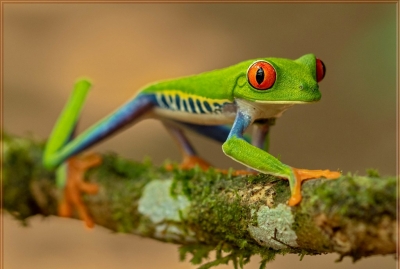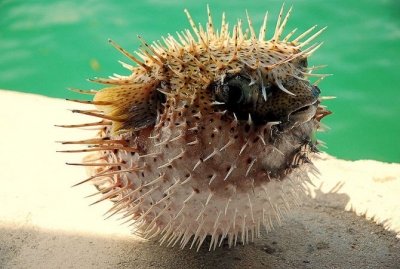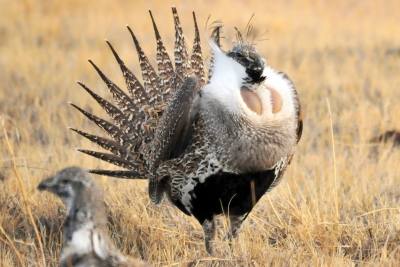
Monkeys go to college
There is an organization in the USA called Helping Hands that trains capuchin monkeys to help people who are paralyzed and confined to a wheelchair
In 1977, a psychologist with Boston’s Tufts University, called Mary Willard wanted to help from who was a quadriplegic. Quadriplegic are paralyzed from the neck down. Her professor suggested she train capuchin monkeys because not only are they highly intelligent, they are also small (they weigh between 3-6 kilos) and live for more than 30 years. Their natural curiosity and tiny hands make them ideal for performing delicate tasks.
With a grant of $2000, Willard begins training capuchins. Her first trained monkey Hellion was placed with 25-year-old Robert Foster in 1979. She was with him for more than 20 years. Willard begins Helping Hands, affectionately known as Monkey College, in 1982. In the last 25 years, it has placed over 100 capuchin monkeys with needy patients. The monkeys live with foster families when they are very young for 3-5 years till they are get used to people. Then they go to the college where they are trained for a further 2-3 years to become full-fledged ‘helping hands’.
Each monkey is trained to do everyday tasks such as turning switches on and off, changing DVD’s and CD’s, picking up dropped items such as keys, pens or phones, heating food in a microwave, turning the pages of a book, fetching food and drink and even scratching a troublesome itch! Their owners either use a laser pointer to show them what to do or give verbal commands.
The capuchins are bred at the local Southwick’s Zoo. The organization spends $35,000 to train and care for each monkey. The money is raised through donations and grants. The patients receive them free of charge. After the monkeys grow old, foster families look after them.
Not only do the monkeys enable their owners to lead more independent lives, they also help these people overcome depression and loneliness.
Clever Capuchins
Capuchins are the most intelligent species of South American or New World monkeys. They are adept at observing people and imitating their actions, especially in handling objects and using tools. They are named after the order of Catholic friars called Capuchins because their cap of dark hair resembles the friar’s headgear.
Other animal helpers
Dogs are widely used as guides for the blind. Some dogs are trained to alert the deaf to fire alarms and other warning devices that use sound. Miniature horses are now popular as guides for the blind because they live longer. These guide ponies are about the size of large dogs and can be trained just as well.
Picture Credit : Google














